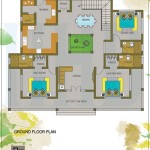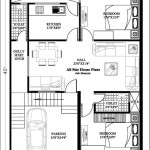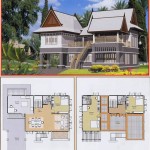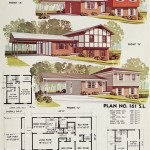Hedgehog Home Plans: Creating a Safe and Comfortable Haven for Your Prickly Friend
Hedgehogs are fascinating and adorable creatures that are becoming increasingly popular pets. Providing a safe and comfortable environment is essential for their well-being. Creating a suitable hedgehog home involves careful consideration of their specific needs and preferences. Whether you are a seasoned hedgehog owner or a first-time enthusiast, understanding the key elements of hedgehog home plans can significantly enhance your pet's quality of life.
Choosing the Right Enclosure
The foundation of a successful hedgehog home plan is a suitable enclosure. Hedgehogs are nocturnal animals that require plenty of space to roam and explore. Consider the following factors when selecting an enclosure:
- Size: Aim for an enclosure that is at least 2 feet by 2 feet for a single hedgehog. Larger enclosures are always better, especially for multiple hedgehogs.
- Material: Glass or plastic tanks are excellent choices due to their ease of cleaning and durability. Avoid enclosures with wire bars, as hedgehogs can get their spines caught.
- Ventilation: Adequate ventilation is essential to prevent moisture buildup and ensure proper air circulation.
- Security: The enclosure must be escape-proof, with a secure lid or other locking mechanism.
Essential Furnishings: Creating a Cozy Haven
Once you have selected the appropriate enclosure, it's time to create a cozy and stimulating environment for your hedgehog. Key furnishings include:
- Substrate: A soft and absorbent substrate is essential for bedding. Aspen shavings, paper bedding, or fleece liners are popular choices. Avoid cedar or pine shavings, which can be harmful to hedgehogs.
- Hideouts: Hedgehogs are naturally solitary creatures and appreciate having a place to retreat and feel secure. Provide multiple hideouts such as cardboard boxes, ceramic houses, or plastic tunnels.
- Wheel: A silent running wheel is crucial for exercise and enrichment. Choose a wheel that is large enough for your hedgehog to use comfortably, without their back bending or their spines rubbing against the bars.
- Food and Water Dishes: Provide heavy, ceramic dishes for food and water to prevent spills. Ensure that the water dish is shallow and filled with fresh water daily.
Enrichment and Stimulation: Keeping Your Hedgehog Engaged
Hedgehogs require mental and physical stimulation to thrive. Consider these enrichment ideas:
- Toys: Introduce safe and stimulating toys such as puzzle feeders, foraging boxes, or small balls.
- Climbing Branches: Natural branches or climbing structures can provide opportunities for exercise and exploration.
- Exploration Time: Supervised playtime outside the enclosure offers opportunities for exercise, sensory stimulation, and bonding with their owner.
- Variety: Change up the enclosure's layout periodically to keep your hedgehog engaged and prevent boredom.
By incorporating these home plans, you can create a safe and enjoyable environment for your hedgehog. Remember, every hedgehog is an individual, so it's important to observe their preferences and adjust the home accordingly.

The Pygmy Hedgehogs Ultimate Hedgehog Website House Diy

How To Build A Hedgehog Home The Wildlife Trusts

Fgvw Flora And Fauna How To Build Hedgehog Homes

Make A Hedgehog Box Norfolk Wildlife Trust

Hedgehog House How To Build One From Scrap Pallet Wood The Thrifty Squirrels

Hedgehog Homes
Hedgehog Homes

How To Make A Hedgehog House Weekend Diy Project

How To Make A Hedgehog House Bbc Gardeners World

Build A Hedgehog House








